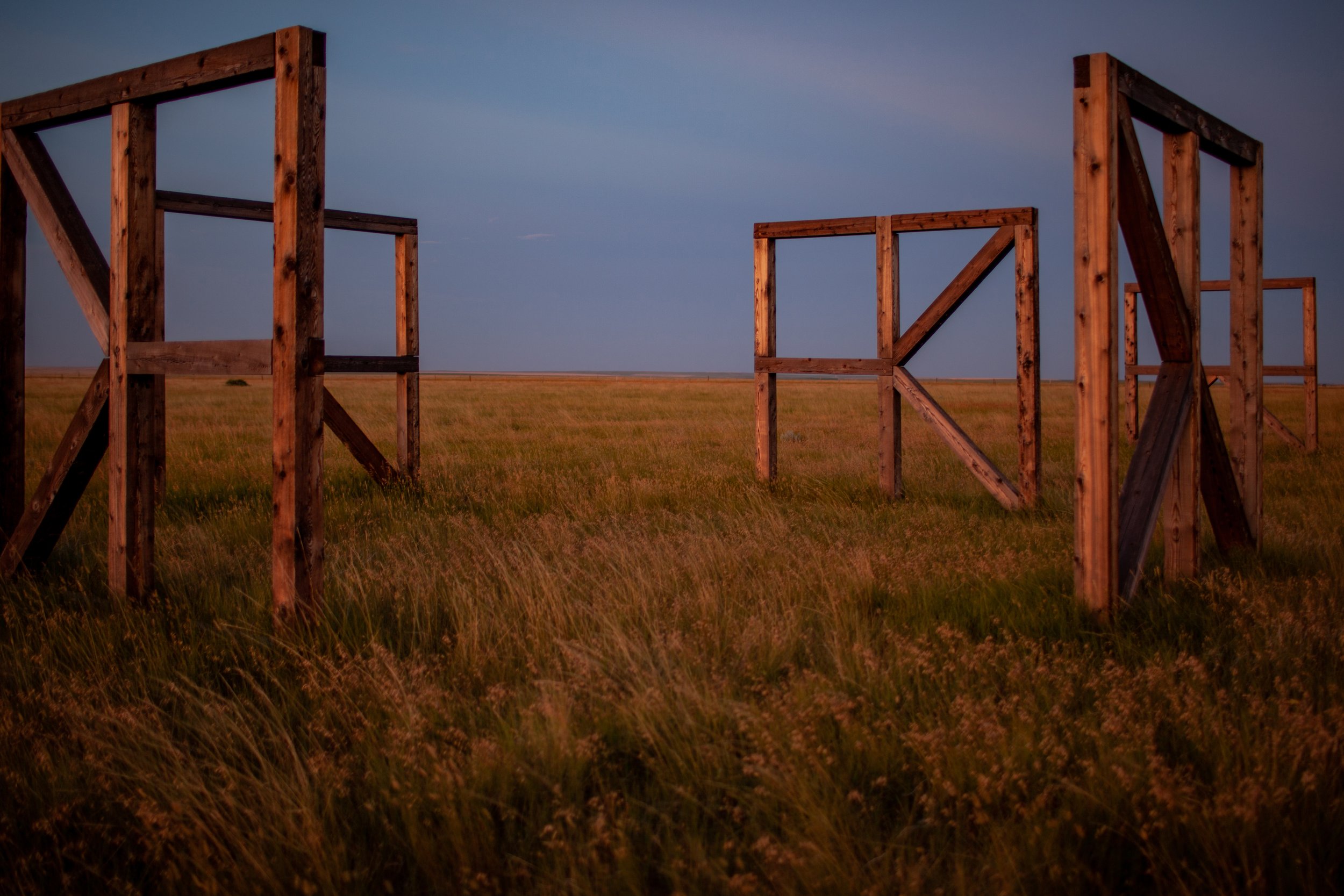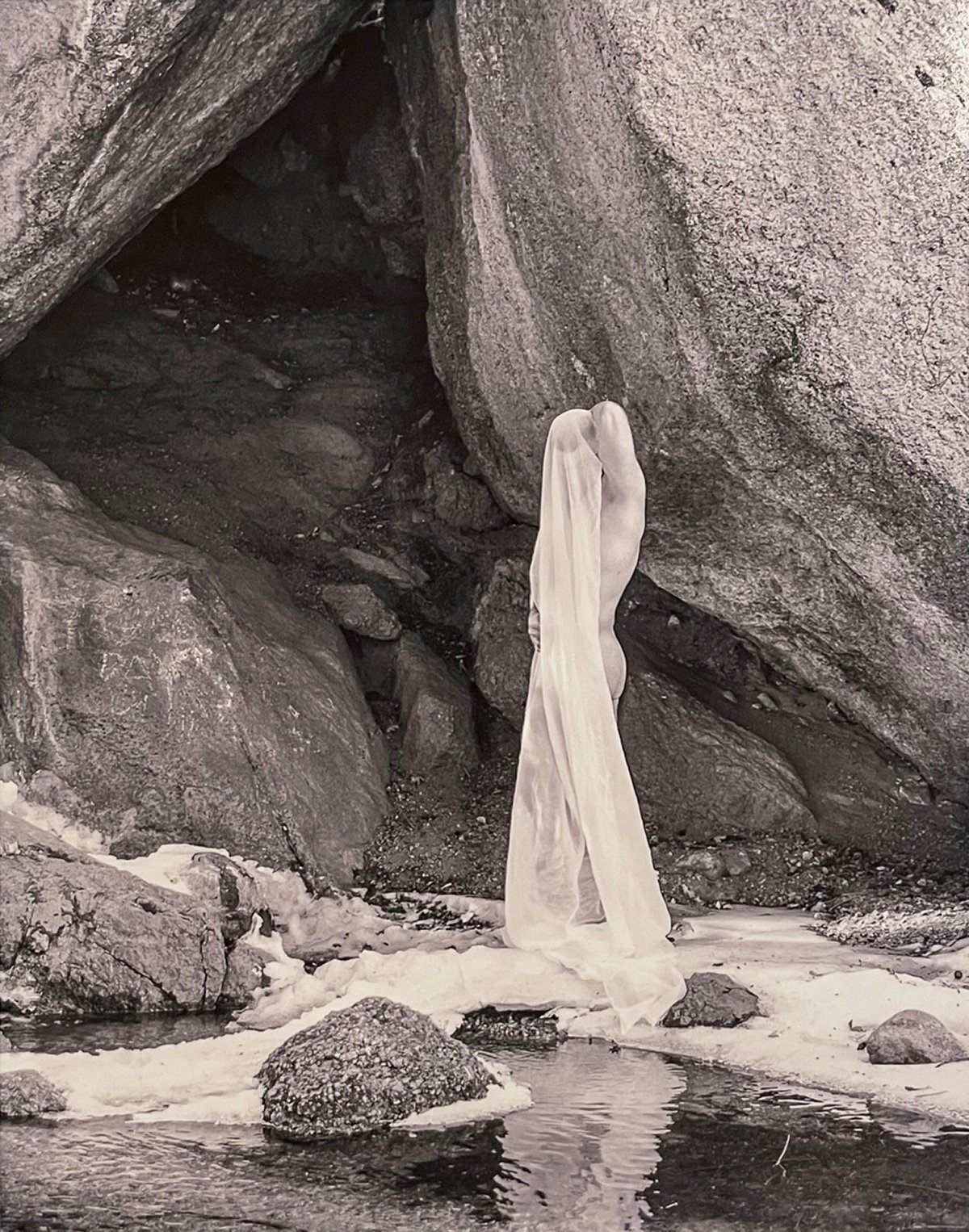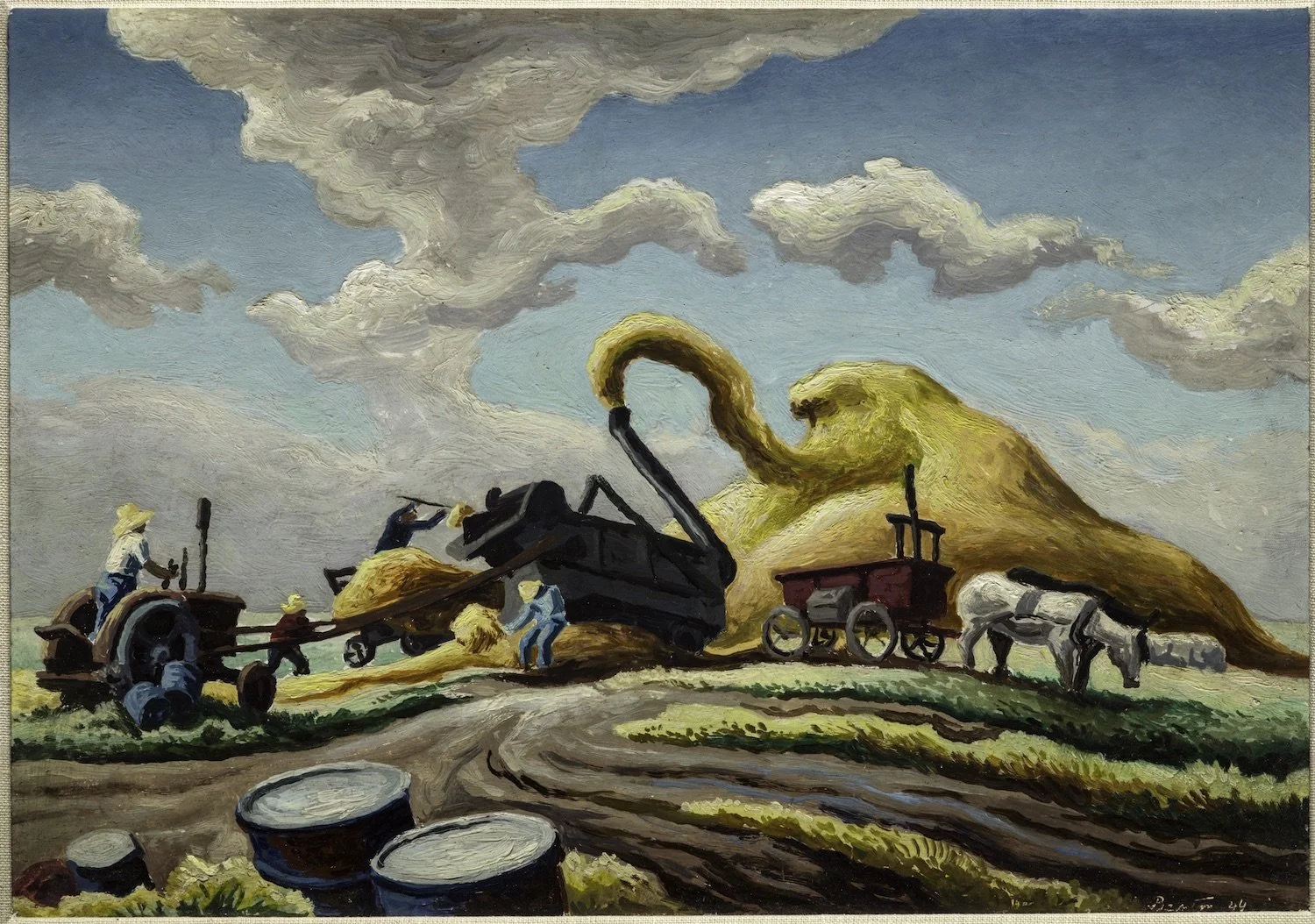Last Chance Module Array (Modules No. 4, 5)
Last Chance Module Array (Modules No. 4, 5)
M12 Studio with Onix Architects
Last Chance, Colorado, off of Highway 36 and State Highway CO-71
Permanent installation
Admission: Free
Review by Madeleine Boyson
Halfway between Denver and the Kansas state border stands a lone, contemporary monument. [1] The crosshatched forms feel farther than expected, but distance is impossible to gauge this far east on the Colorado High Plains. The sky is too close and everything else is unreachable—a haunting paradox matched by the contradictory Last Chance Module Array (2015-2016), iterations four and five in M12 Studio’s Prairie Module series created with Onix Architects from Groningen, the Netherlands. [2]
An overhead view of Last Chance Module Array (Modules No. 4, 5) by M12 Studio with Onix Architects, 2015-16, permanent installation. Image courtesy of M12 Studio.
Module Array features eight extruded frames standing at hesitant lengths atop an otherwise unmarked embankment. A Western Meadowlark alights from the nearest megalith, weatherproofed by yakisugi, the Japanese technique for burned cedar wood. [3] Together, the forms reference a nineteenth-century American barn raising. And though it would be impolitic to equate the modern cluster with an ancient Stonehenge, the array is similarly “positioned to align with…celestial phenomena” at the solstices. Any cosmic interpretations, however, are challenged by the terrestrial—the same horizon lines converge on an earthbound (and now extinct) Great Western Cattle Trail. [4]
A detail view of Last Chance Module Array (Modules No. 4, 5) by M12 Studio with Onix Architects, 2015-16, permanent installation. Image courtesy of M12 Studio.
Moreover, the module’s building site resists classification. I am buffeted between the Meadowlarks’ song and the roar of semi trucks, and I must walk to the far side of the structure to view it without a federal emergency tower looming in the background. But this is the work’s magnetism, hooked resolutely in both past and future, in the human need to mark I was here on cave walls and leave a cipher in wood for the next visitor, regardless of the moment’s purity.
M12 Studio with Onix Architects, Last Chance Module Array (Modules No. 4, 5), 2015-16, permanent installation. Image courtesy of M12 Studio.
The monument “appears newly built or…to have always been there,” true to M12 Studio’s artist statement. But rather than confuse the viewer, it is this contradiction, this “ambivalent love song” that gives the array a clear voice on the plains. [5] For without paradox, the work would be just more abandoned wood along the highway. Even the title evokes both the beginning and the end, named for the nearest unincorporated community in Washington County that once was travelers’ “last chance” for food and fuel in the region. Resolute in its irony, M12 Studio’s Last Chance Module Array elicits a prehistoric science fiction, standing at the edge of the world, and at the center of it.
Madeleine Boyson (she/her) is a Denver-based writer, artist, lecturer, and curator whose work concentrates on American modernism, natural photography, and (dis)ability studies. She holds a BA in Art History and History from the University of Denver and volunteers as Development Director for Femme Salée—an online intersectional platform focusing on complex embodiment in the arts.
[1] A monument for the contemporary?
[2] M12 Studio is a non-profit organization of artists, researchers, and writers who “explore public space, rural cultures, and landscapes” through artistic practice and education initiatives. “About,” M12 Studio, https://m12studio.org/about-m12-studio.
[3] Yakisugi means “burned cedar” and is often mis-translated as shou sugi ban. “Yakisugi or Shou Sugi Ban? What You Should Call It, and Why,” Nakamoto Forestry, https://nakamotoforestry.com/yakisugi-or-shou-sugi-ban-learn-what-you-should-call-it-and-why/. See also “Yakisugi (Shou sugi ban): Origins,” Japan Woodcraft Association, https://japanwoodcraftassociation.com/traditions/techniques/yakisugi-shou-sugi-ban/.
[4] From the Last Chance Module Array artist statement at http://m12studio.org/last-chance-module-array/. The Great Western Cattle Trail (also known as the Great Western Trail) was a 19th century network of trails for driving longhorn cattle north and east from Texas. “Western Trail,” Oklahoma Historical Society, https://www.okhistory.org/publications/enc/entry.php?entry=WE025.
[5] From the Last Chance Module Array artist statement at http://m12studio.org/last-chance-module-array/.










